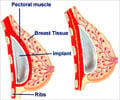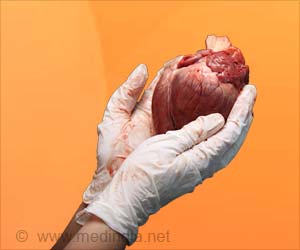A widespread idea is that the anatomically shaped breast implants give more natural results than the round implants.

‘Looking at before-and-after photos, plastic surgeons and nurses can't tell whether breast augmentation surgery was done using conventional round implants or newer anatomically shaped implants.’





At least in the specific group of patients studied, the results of breast augmentation
using round versus shaped implants are indistinguishable, according to
the new research, led by Dr. Carlos Rubi of The IMED Hospital Department
of Plastic Surgery, Valencia, Spain. The results suggest that routine
use of increasingly popular "teardrop-shaped" implants is not justified.No Visible Difference in Results between Implant Types in Before-and-After Photos
In the study, 30 plastic surgeons and plastic surgery nurses reviewed preoperative and postoperative photos of 30 women who had undergone breast augmentation with round or anatomically shaped implants - 15 patients in each group. The two groups were otherwise similar: all procedures were done using silicone implants, placed under the muscle (subpectoral), with an average implant size of about 300 cc.
For each set of photos, the surgeons and nurses judged whether the procedure was done using round or shaped implants. The goal was to determine if the aesthetic results of round versus shaped implants could be differentiated from each other.
For all observations, there was about a 50-50 chance that the surgeons and nurses could correctly identify the type of implant used. There was a lack of agreement not only between different raters, but also for individual raters comparing the same images several weeks later.
Advertisement
But the new study shows that even plastic surgeons and plastic surgery nurses cannot tell the difference between the final outcomes of breast augmentation with round versus shaped implants, in a group of patients with otherwise similar characteristics. The results add to a previous study that showed similar outcomes with the two implant types used for breast reconstruction.
Advertisement
Source-Eurekalert














